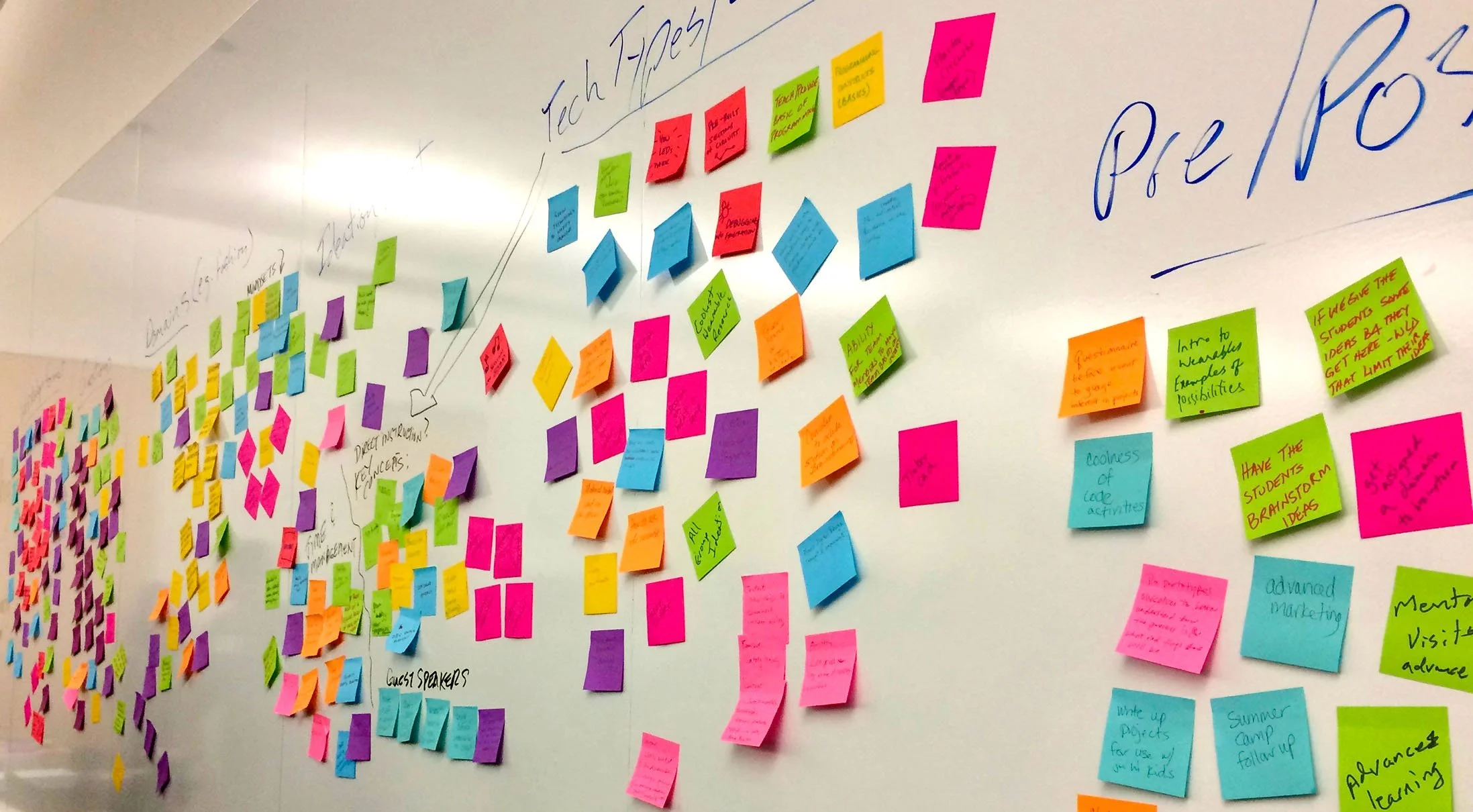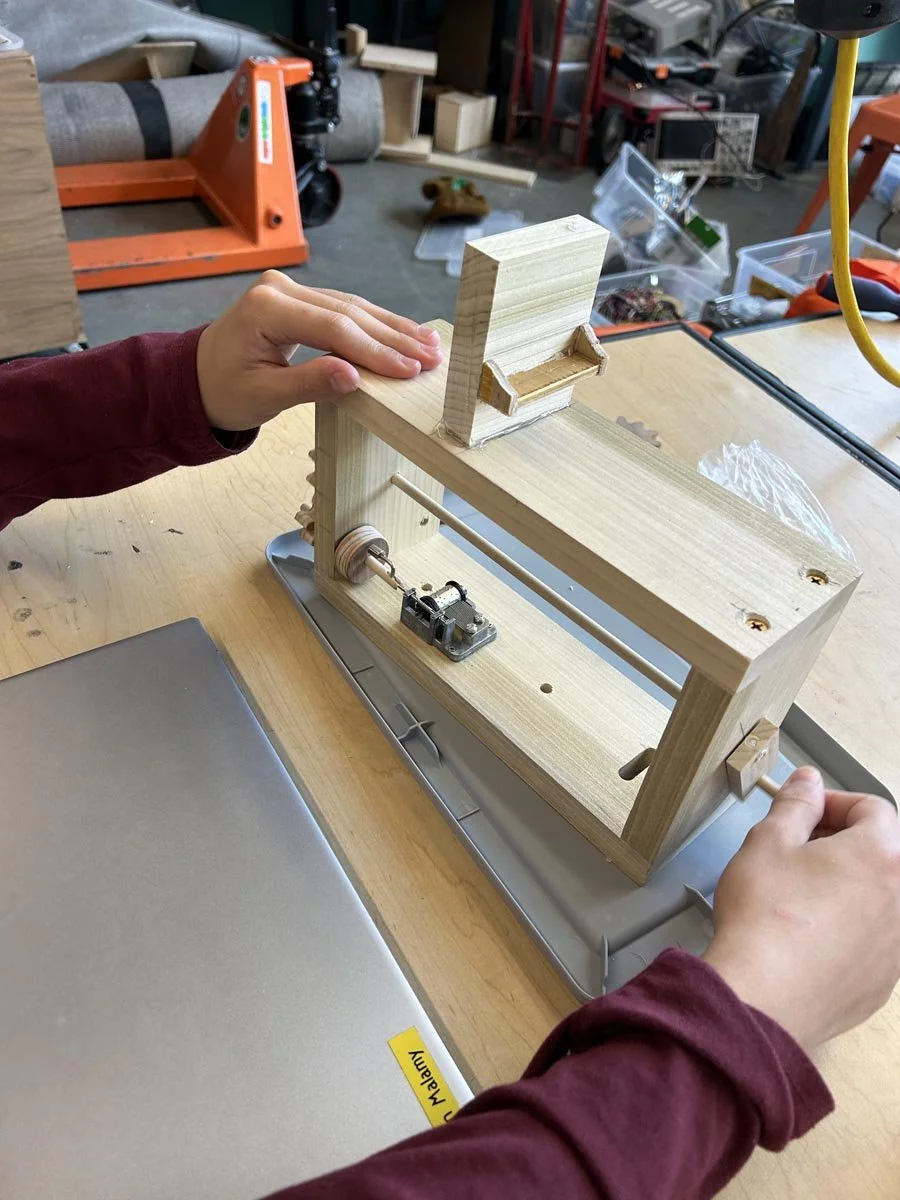
Design Thinking
By using Design Thinking tools throughout their four-year experience and partnering with teachers, classmates, and professionals, d.tech students learn to create the change they want to see in the world.
Phases of our Design Thinking approach
Foundations in Design Thinking
All students start with the Foundations in Design Thinking course, where they practice design thinking in a series of teacher-directed challenges. The series is designed to build a toolbox of concrete design thinking strategies and to begin shifting students’ mindsets around creativity. While students learn important skills like need-finding, synthesizing, generating ideas, rapid prototyping, and iterating, they also learn that empathy can drive creative thinking, that taking risks is a way to learn, and that iteration is more effective than aiming for perfection.
Innovation Programs
In the upper years, students can participate in our Innovation Diploma program and our Pathways courses. The Innovation Diploma is a rigorous design lab course that requires students to identify a social impact challenge they want to work on, and then use their design thinking skills to address that challenge.
Students have a year to work on their project and they must present their work in three design reviews as they go. At the end they must defend their learning in an Oral Defense, after which they can earn an extra credential that validates their creative thinking skills - the Innovation Diploma.
Co-Designers Class
After Foundations, students are ready for our Co-Designers class. In this course students focus on durable skill development, learning about collaboration, communication, and critical thinking. They then deploy these durable skills along with their design thinking toolbox during a project with industry partners. Our industry partners give our student teams real design projects to complete. This is where students see the many ways design thinking can be applied in the world of work.
Design Pathways
The Design Pathways courses are students opportunities to dig into a more specific design discipline. We offer courses such as product design, graphic design, game design, fashion/craft design, and art & design, among others.
This pathway results in students who have creative confidence and initative. They are empowered to address the problems and needs they will face during and after their formal education.


